30 Loewe Foundation Craft Prize finalists show mastery with material
Loewe Foundation Craft Prize announces 30 global finalists for its annual award that celebrates contemporary makers
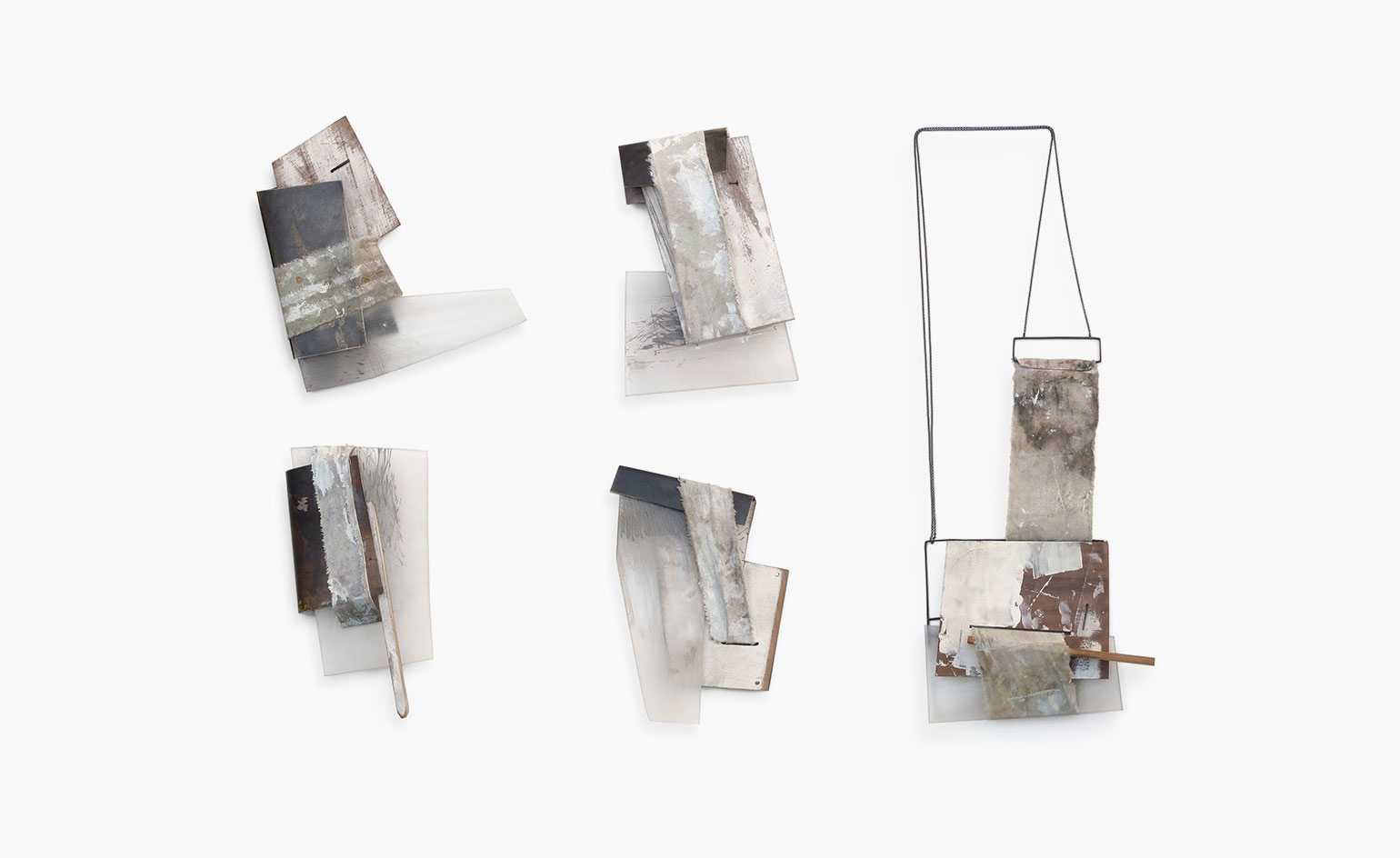
For a young award of just four years, the Loewe Foundation Craft Prize draws an impressive roster of talent. Ranging from six continents and 18 different countries, merging rising stars and creative experts, the accolade continues to flip the dialogue around contemporary craft, and champion material experimentation and innovation.
‘As a house, we are about craft in the purest sense of the word. That is where our modernity lies, and it will always be relevant,’ says Loewe creative director Jonathan Anderson, and the brainchild of the The Loewe Foundation Craft Prize. In the light of modernity, this year’s 30 finalists (chosen from 2,920 submissions) have often looked to upcycled materials and how these can be turned skilfully into objects of beauty and resonance. ‘We are seeing works of the highest cultural and aesthetic ambition, inspired by themes that reflect the state of the world,’ says Anatxu Zabalbeascoa, executive secretary of the Loewe Foundation Craft Prize Experts Panel.
In the luxury brand’s Madrid base, it took the panel two days to whittle down the shortlist, that features interesting fusing of materials – from jewellery by Carla Garcia Durlan from Spain made from found fabrics and wood, to a copper wire and epoxy resin sculpture by David Corvalán, who wanted to highlight the abuse of industrial copper mining in the Atacama Desert in his hometown of Chile. Elsewhere, urushi lacquer, Japanese linden wood and hemp create an optical illusion in Kohei Ukai’s melting artwork.


Above, ‘Like water uphill (from Crucible series),’ by Anthony Marsh, United States. Below, ‘G0’ by Edu Tarín, Germany
Impressive glassworks come by way of US creative Jiyong Lee who was inspired by cellular mitosis to carve out a geometric glass structure, while Jessica Loughlin took cues from Australian deserts and salt lakes for an ethereal layered glass form that plays with light.
This year’s jury – including last year’s winner Genta Ishizuka; Anderson himself; former director of Design Museum Deyan Sudjic; architect and designer Patricia Urquiola and architect Benedetta Tagliabue – will choose the winning work in Paris, and the Loewe Foundation Craft Prize exhibition will be showcased at Musée des Arts Décoratifs there after.
Explore the shortlist below
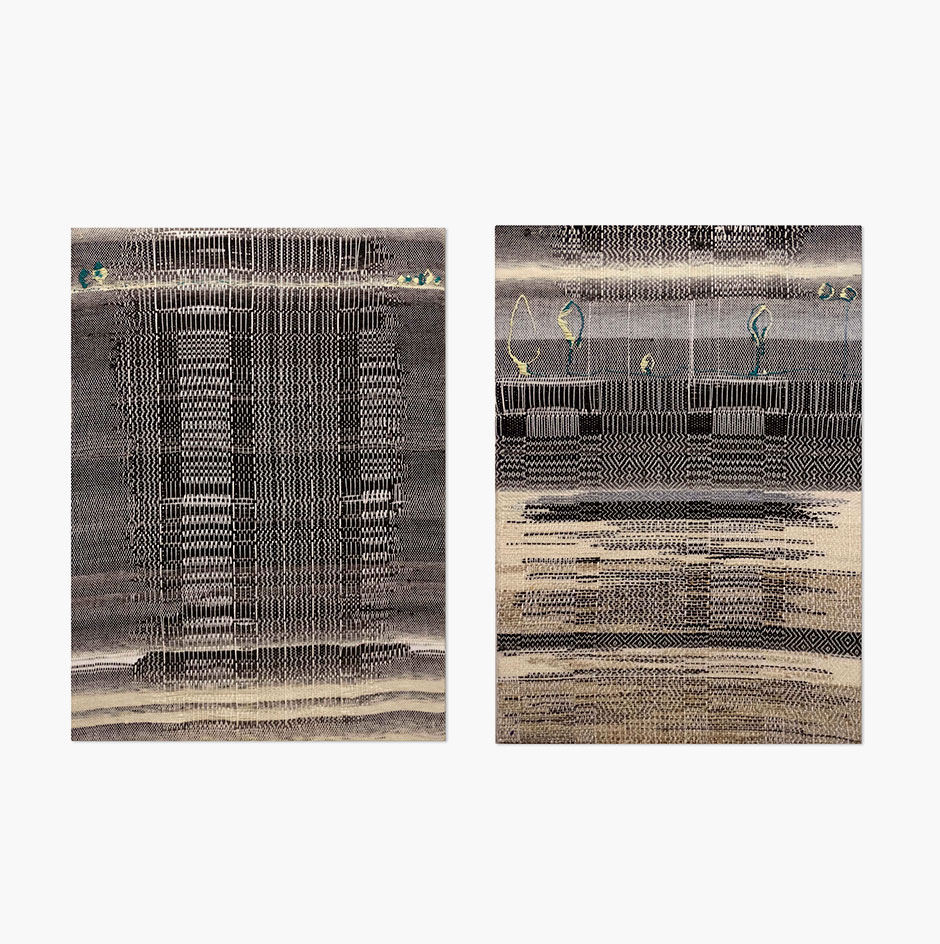
‘A Little Space to Live,’ by Afsaneh Modiramani, Iran
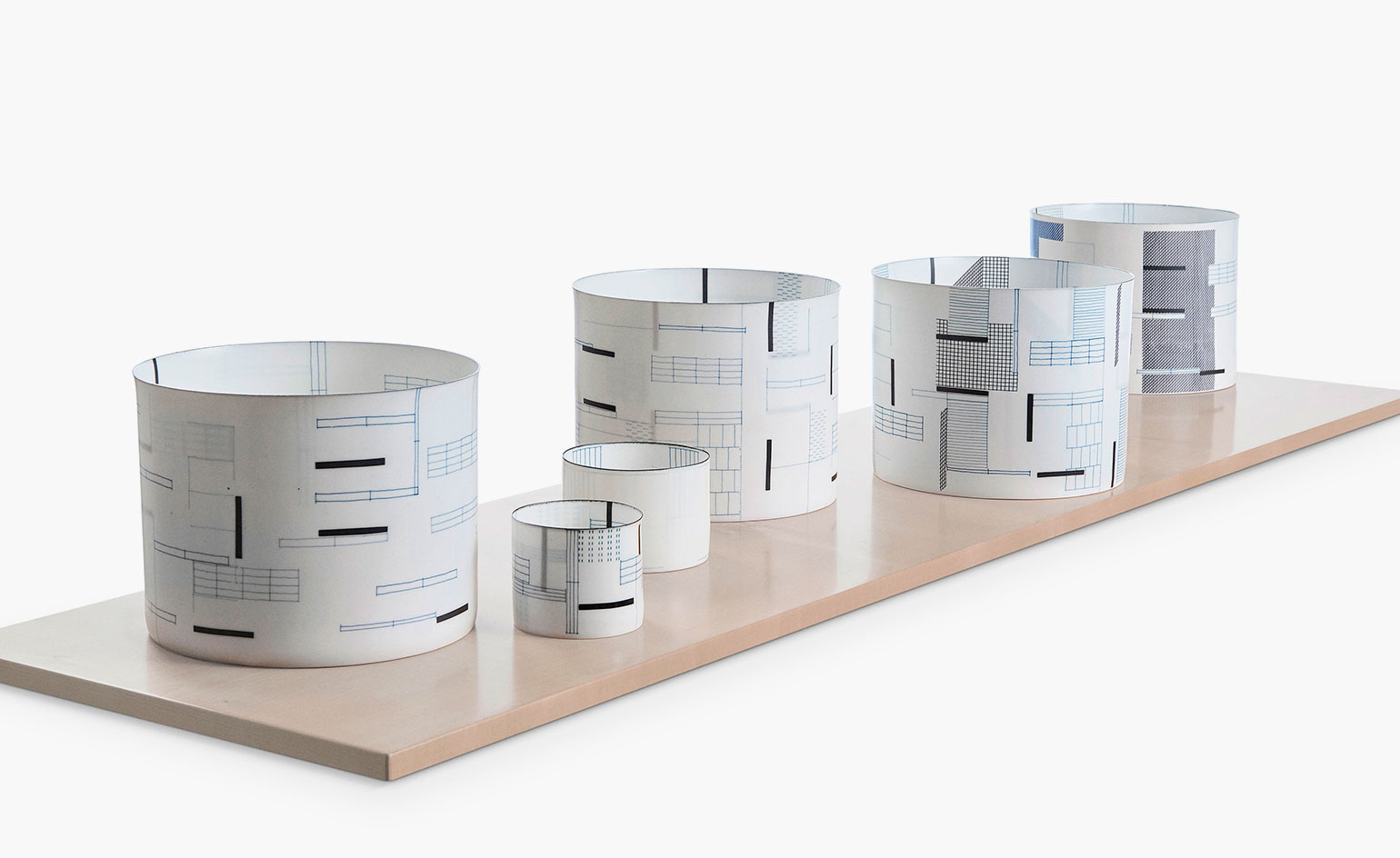
‘Fence,’ by Bodil Manz, Denmark

‘Whole Hole,’ by Darshana Raja, Kenya
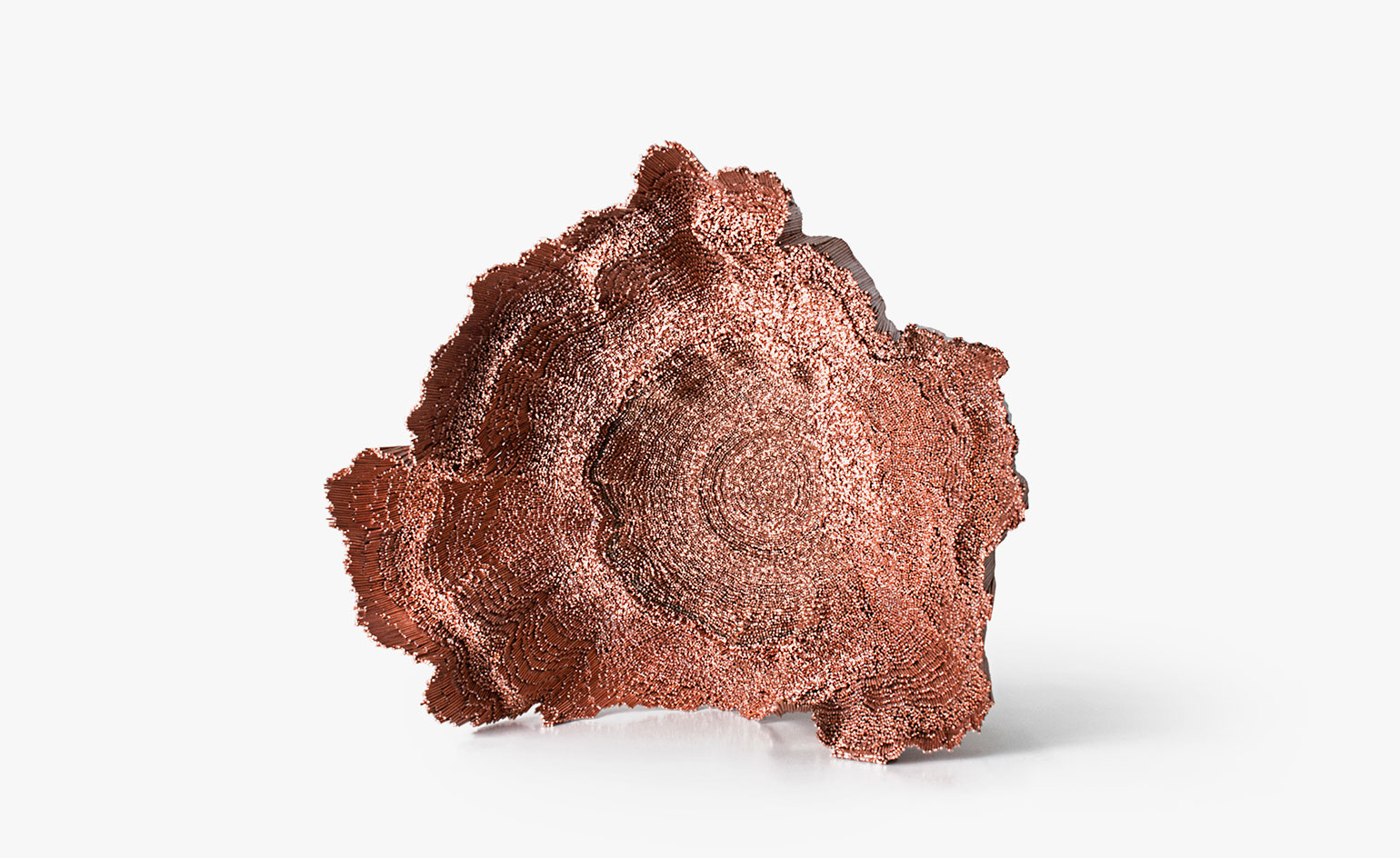
‘Desértico II,’ by David Corvalan, Chile
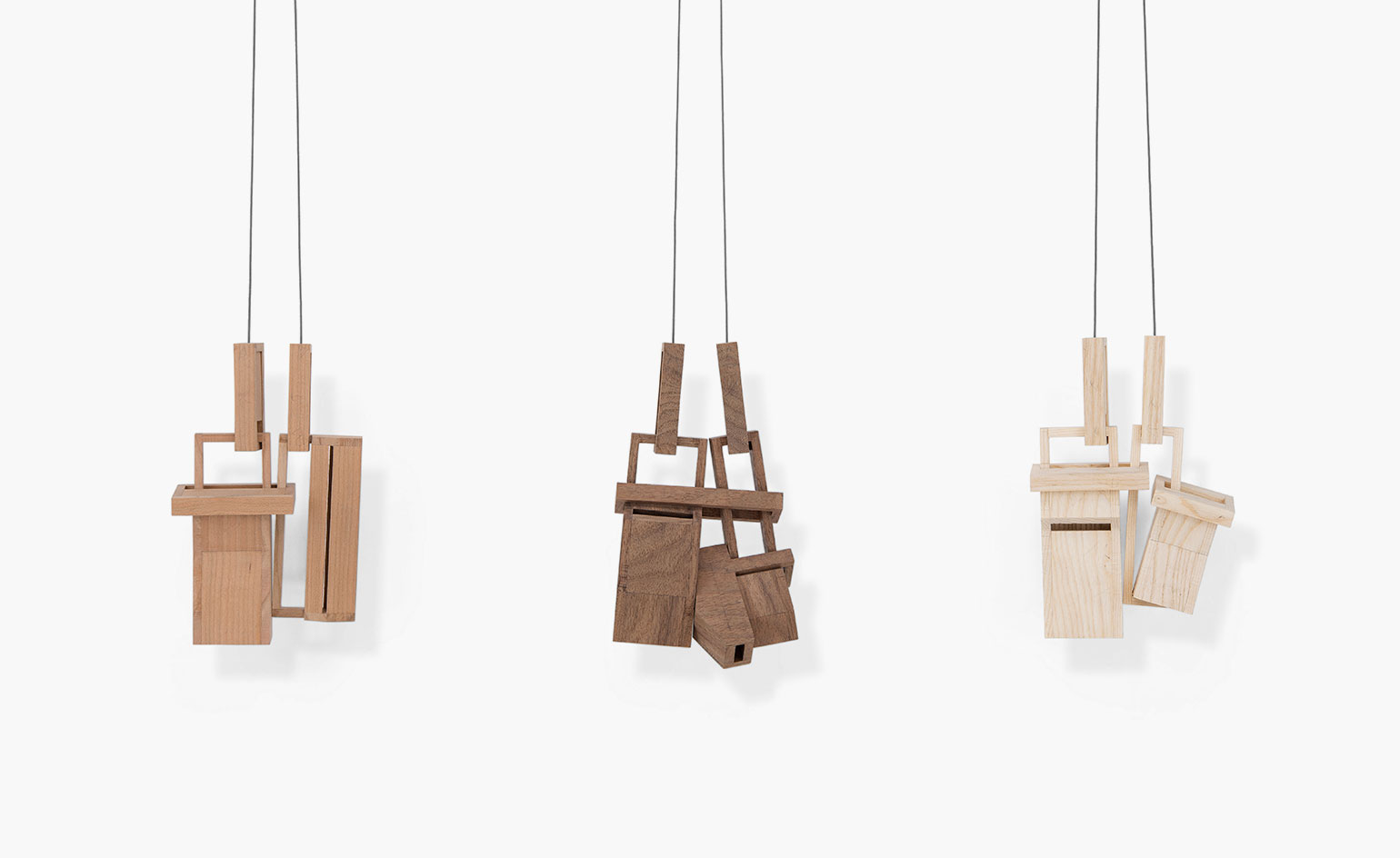
‘Echoes,’ by Despo Sophocleous, Canada
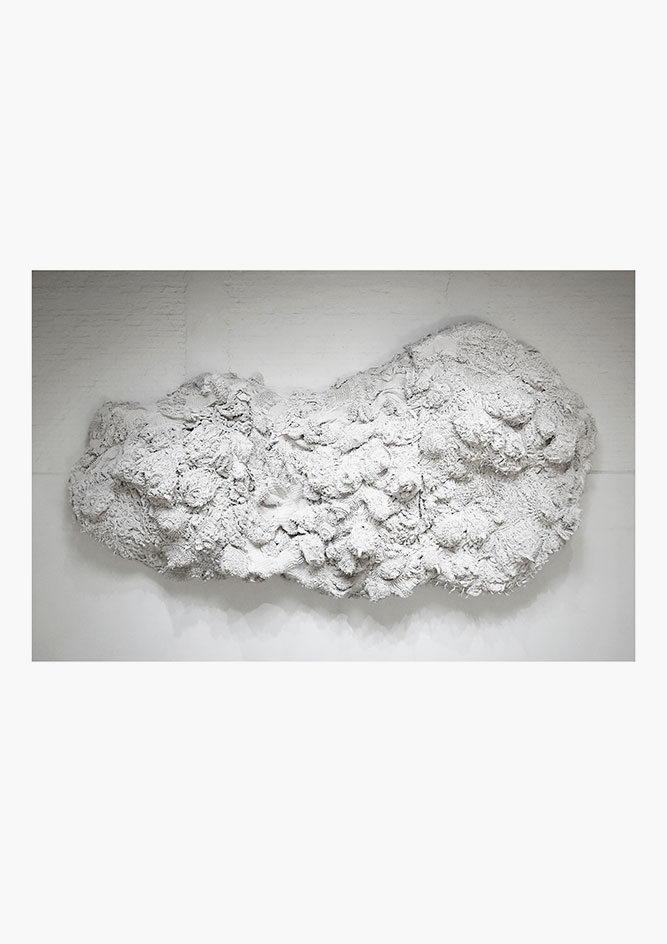
‘SHE,’ by Fanglu Lin, China
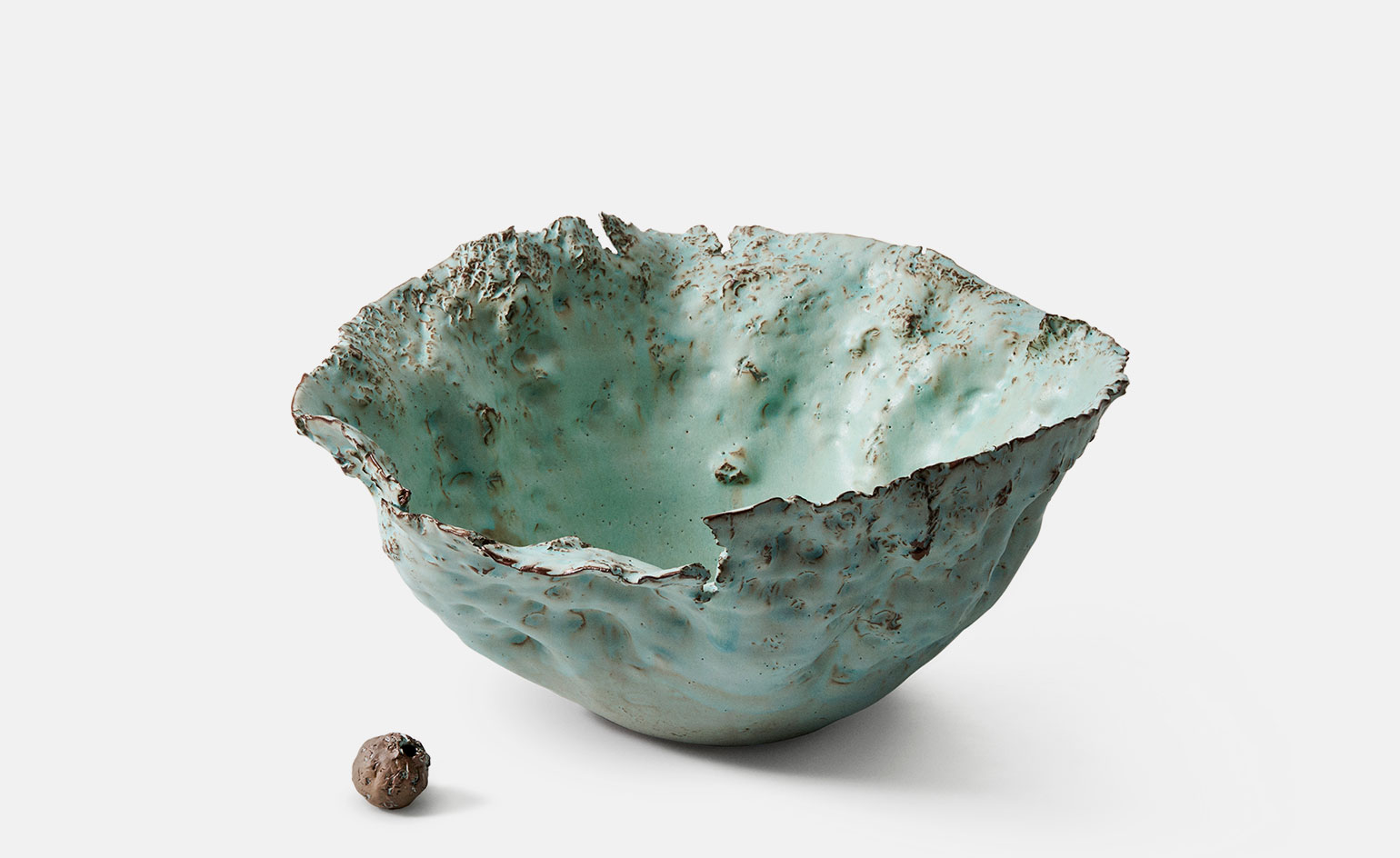
‘Carpel: Earth Matters,’ by Hyejeong Kim, Korea

‘Greater-Than,’ by Jess Tolbert, United States
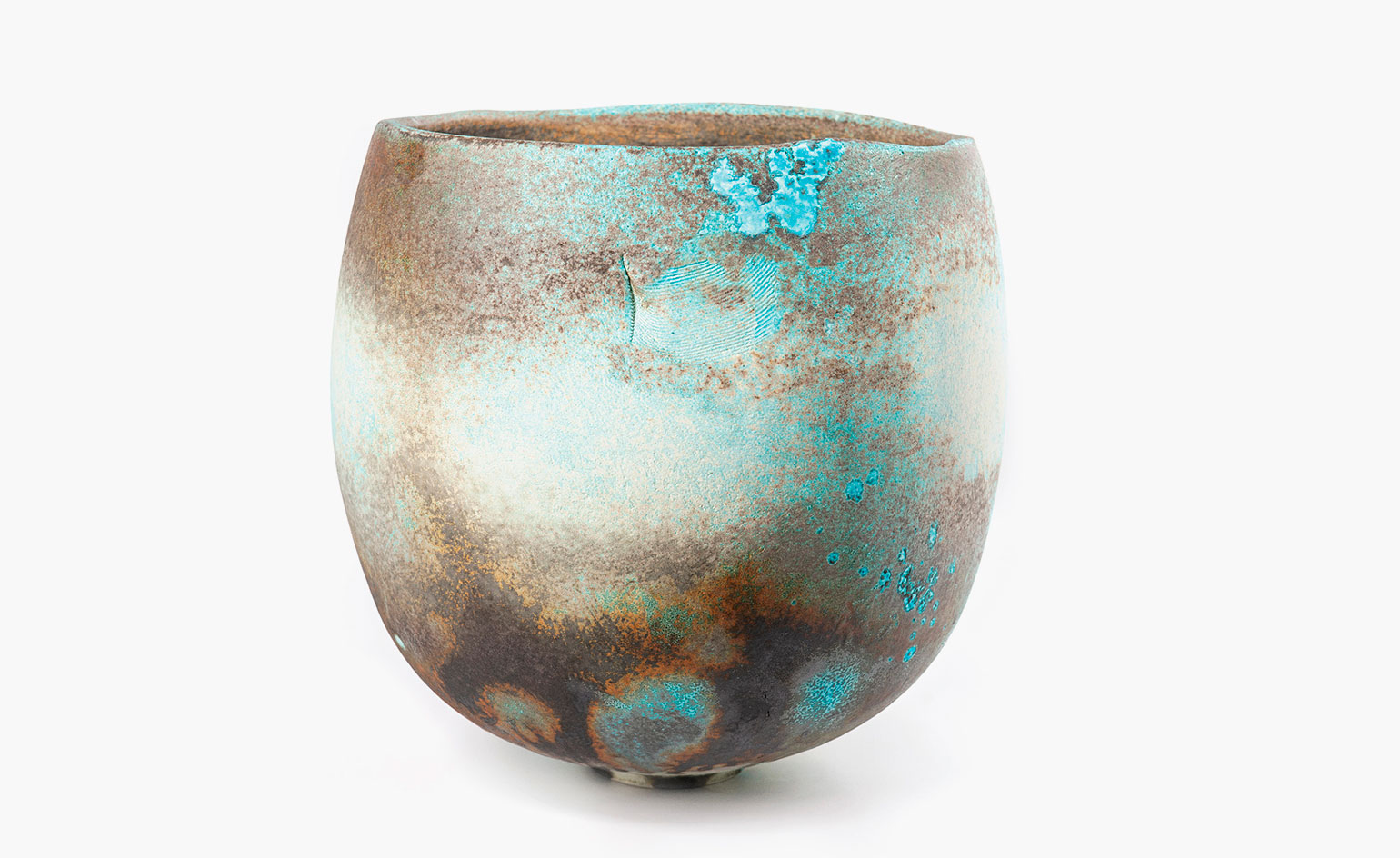
‘Guardian Vessel,’ by Jack Doherty, Ireland
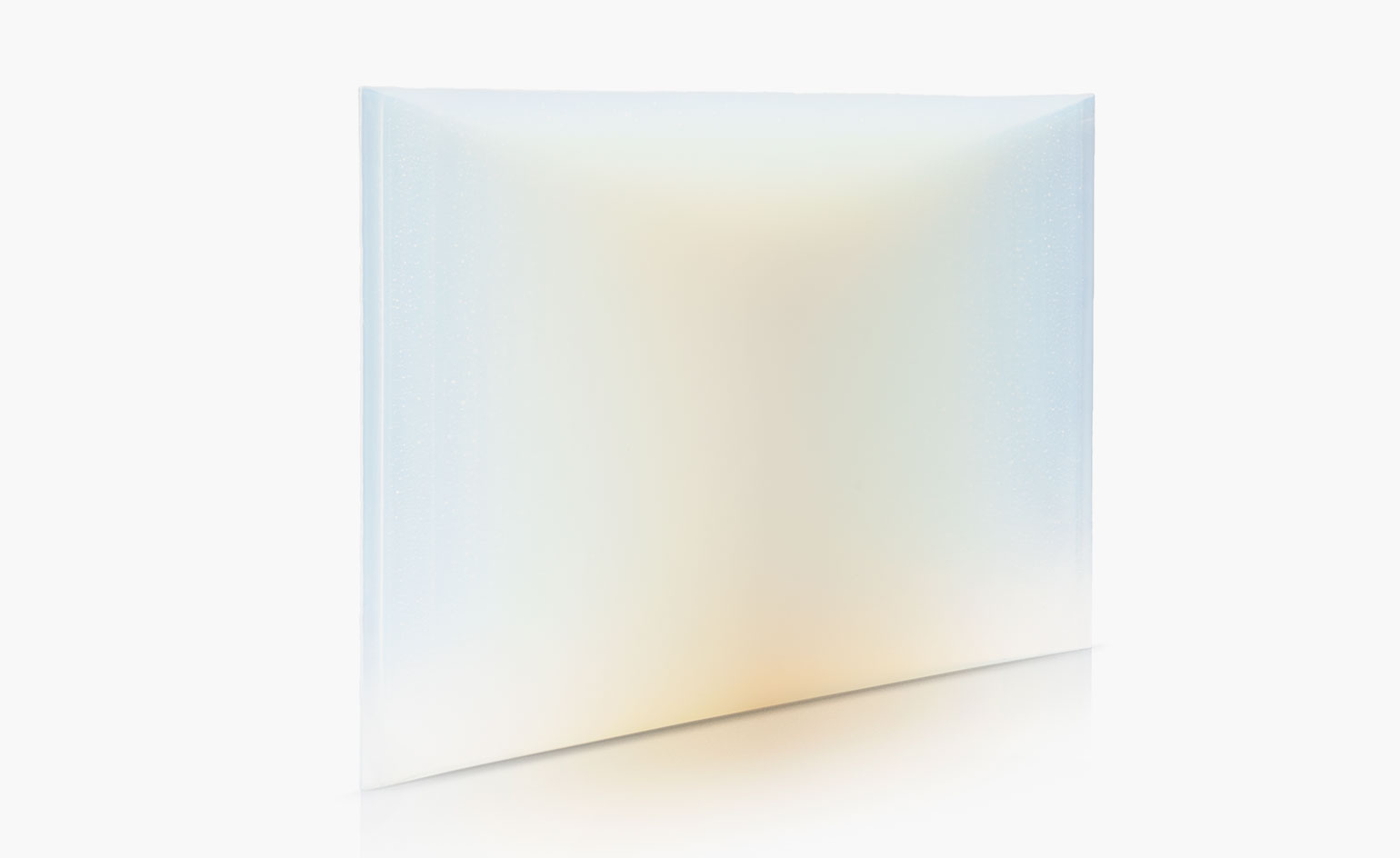
‘Receptor of light IX,’ by Jessica Loughlin, Australia
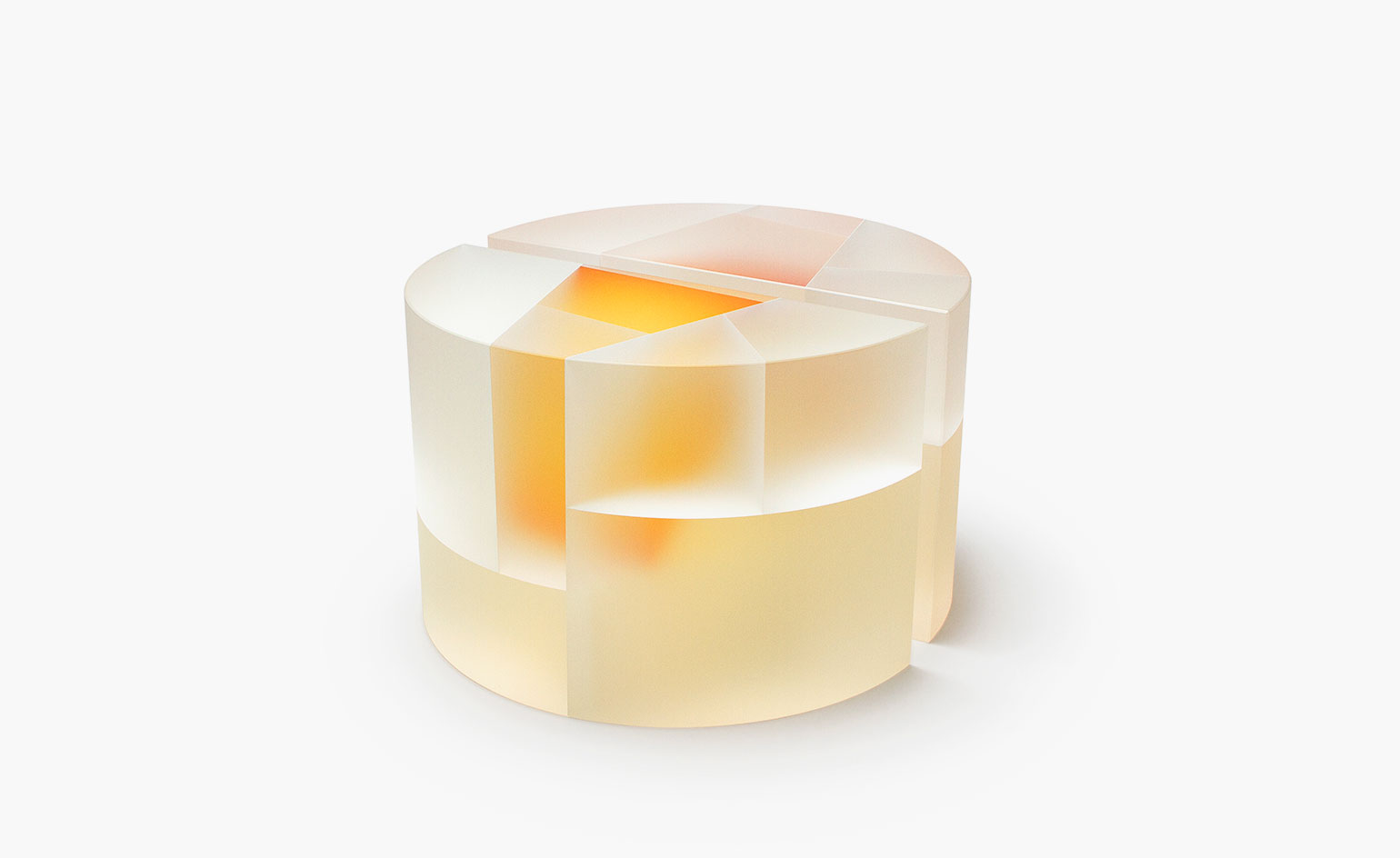
‘Mitosis,’ by Jiyong Lee, United States

‘The Labyrinth of Passions,’ by Joël Andrianomearisoa, Madagascar

‘Chiral,’ by Kevin Grey, United Kingdom
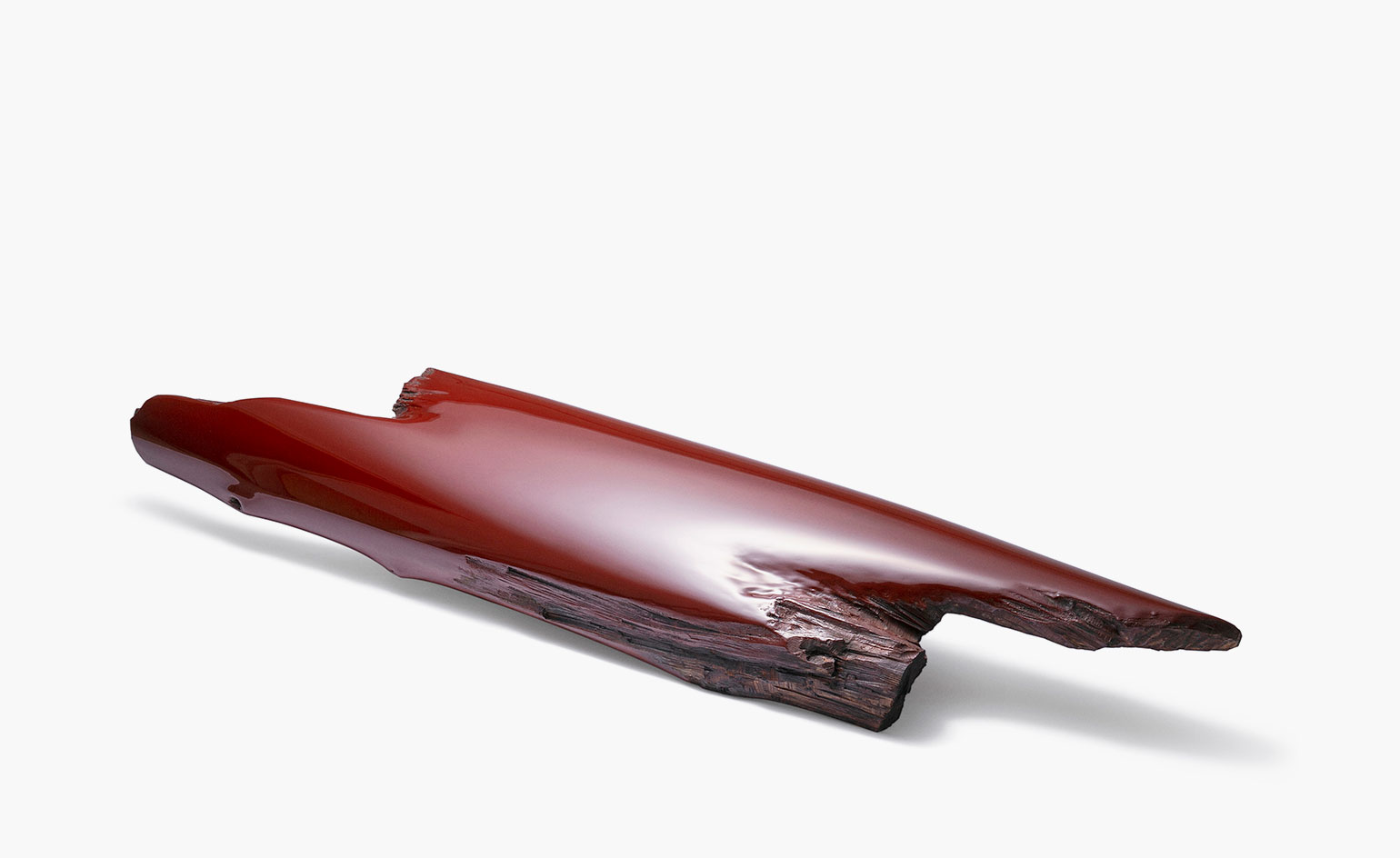
‘Fusion 19-07,’ by Kohei Ukai, Japan
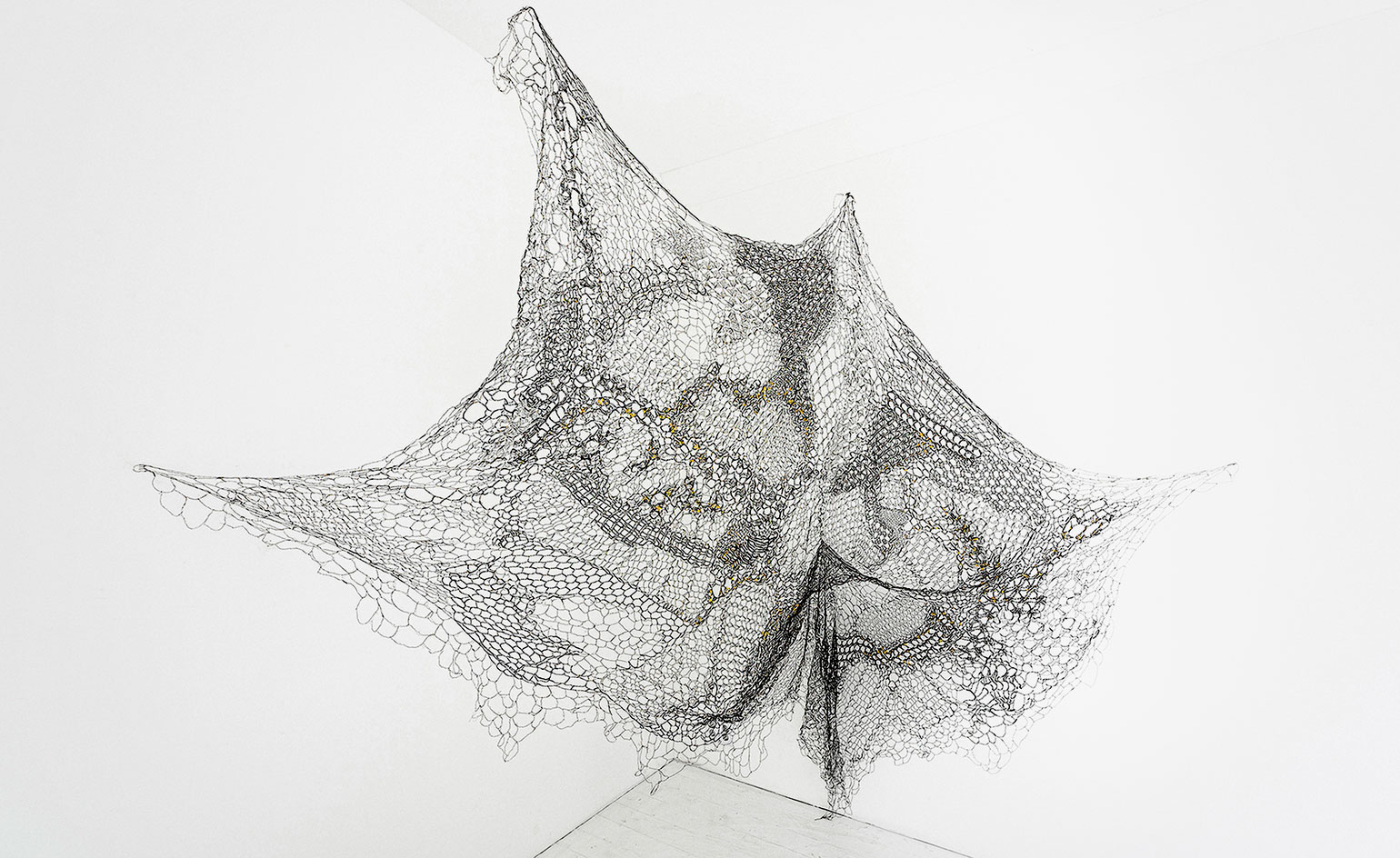
‘Second Surface,’ by Kyeok Kim, Republic of Korea
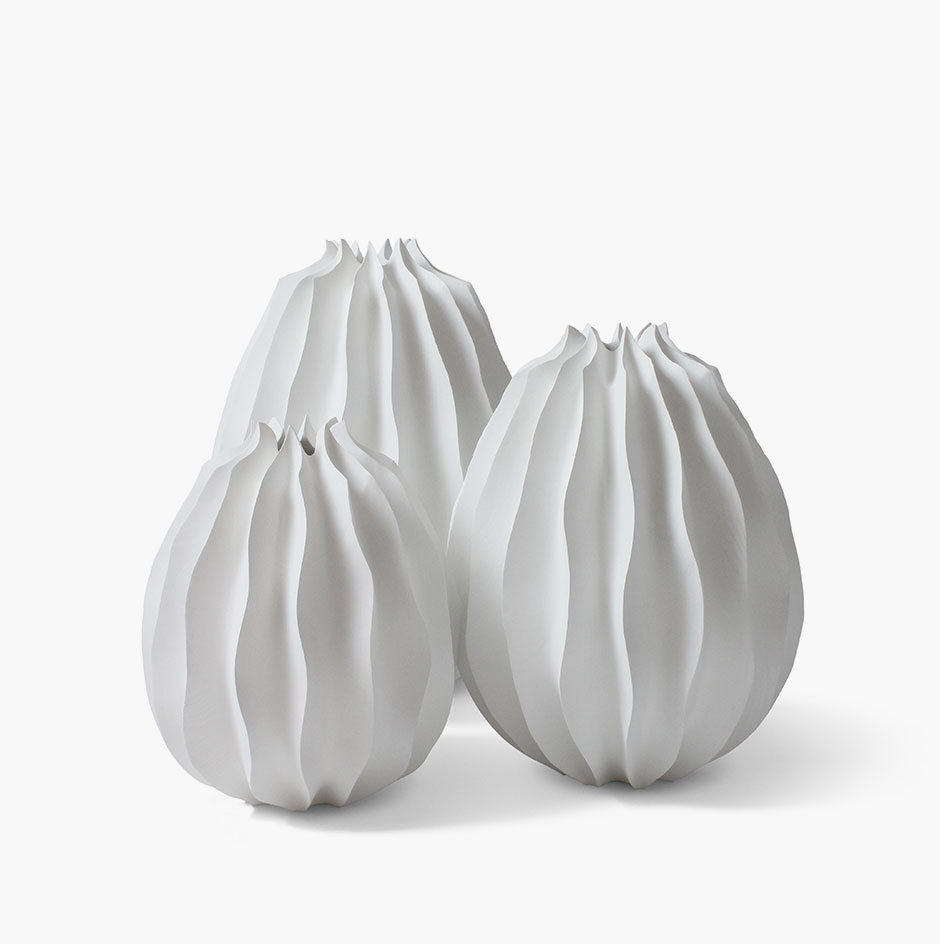
‘Untitled’ (all), by Marc Ricourt, France
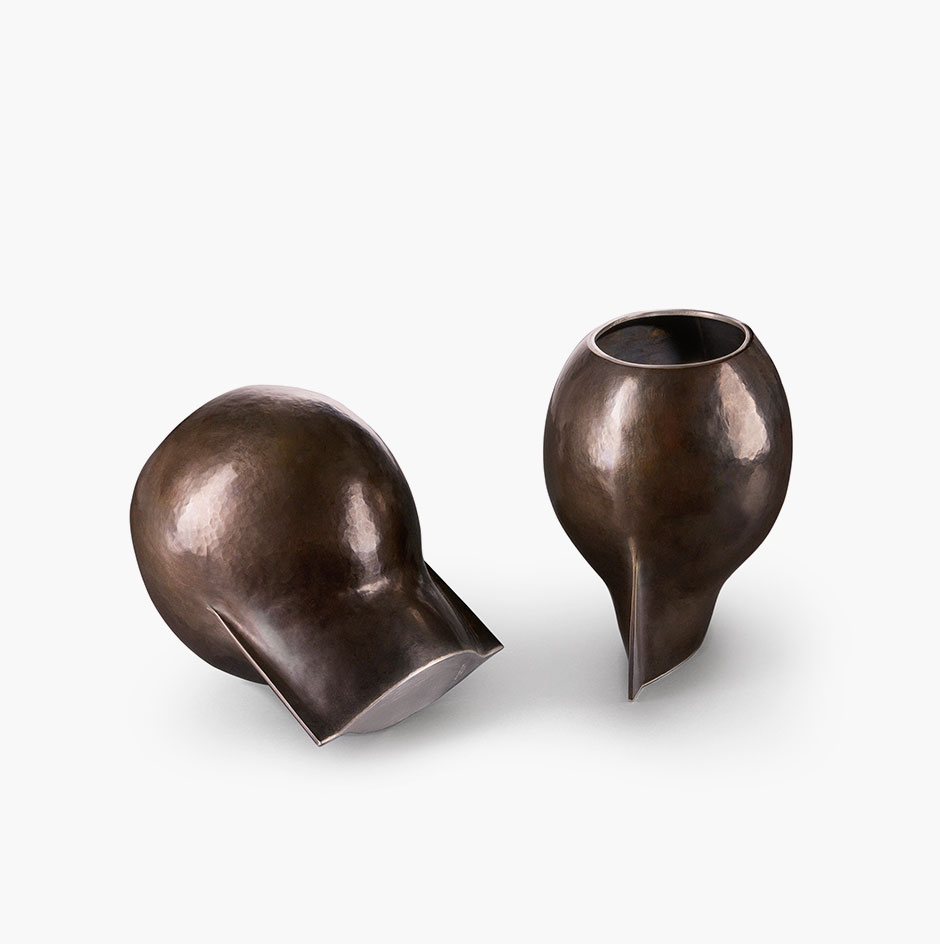
‘Movement,’ by Naama Haneman, Israel

‘Policast,’ by Peter Bauhuis, Germany

‘For: Ottchil Wooden Bowl,’ Sukkeun Kang, Republic of Korea

‘Inborn,’ by Sungyoul Park, Republic of Korea
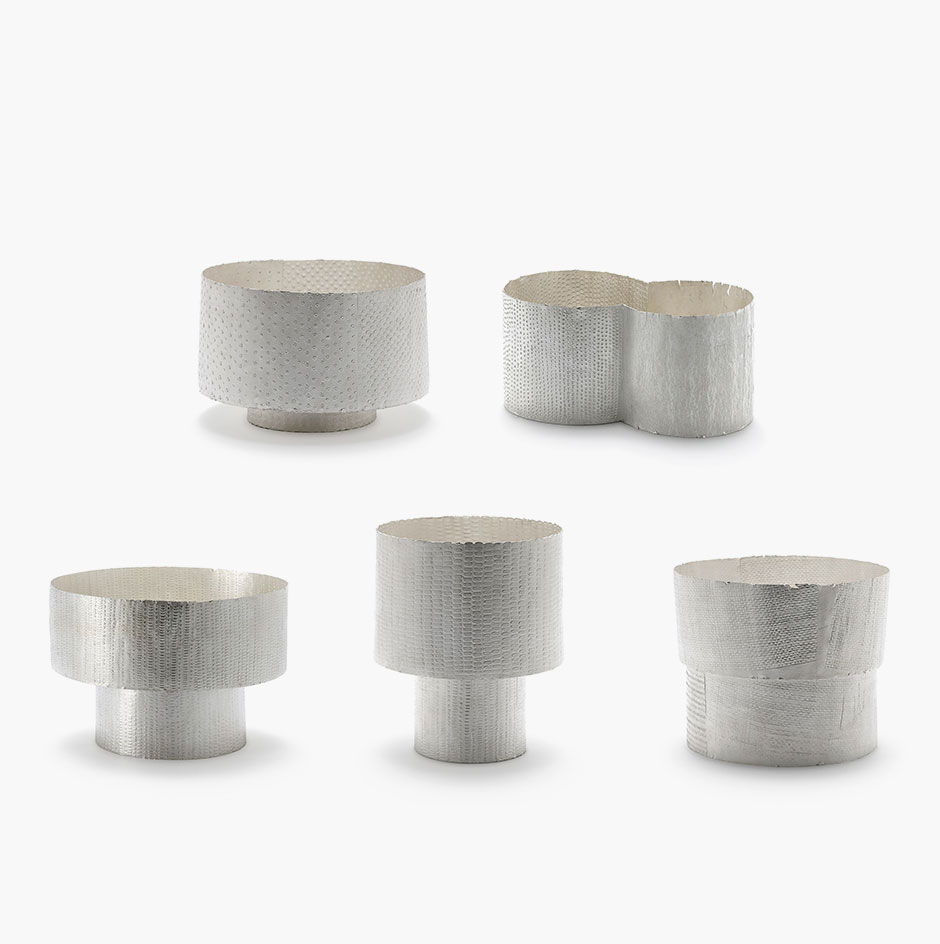
‘Transition of Traces,’ by Sungho Cho, Republic of Korea
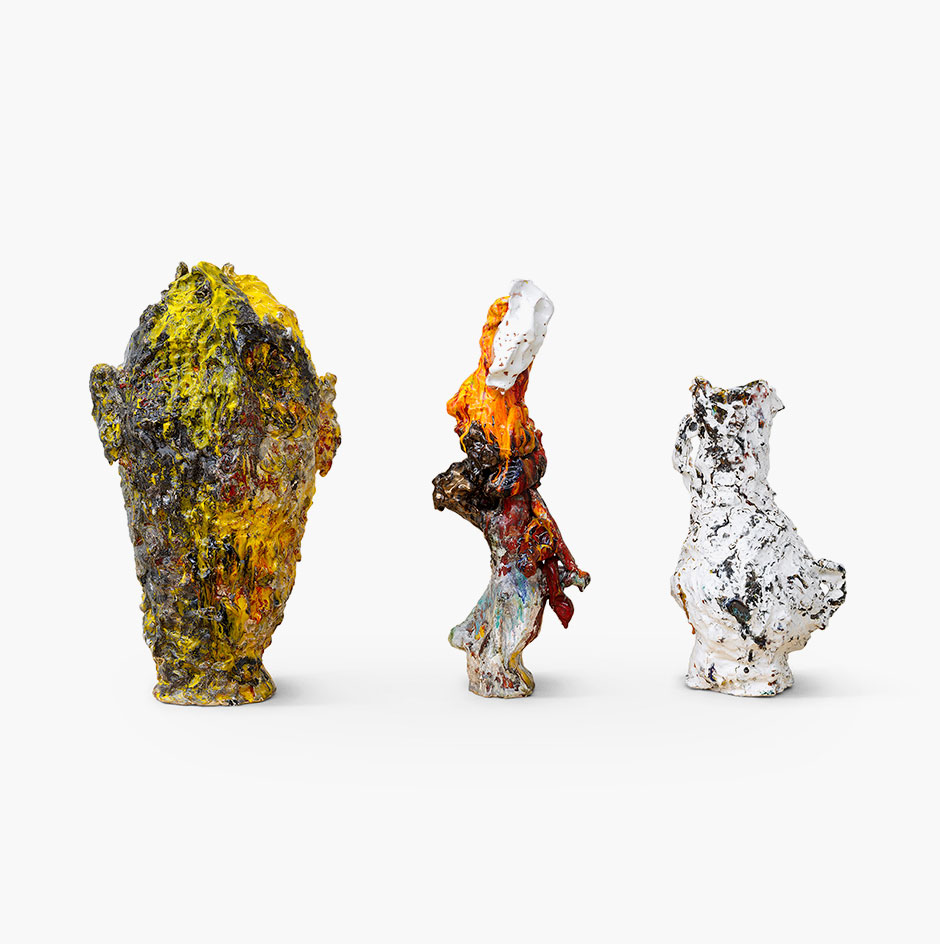
‘Cabeza Bicho and Cloud with Handles,’ by Xavier Toubes, Spain
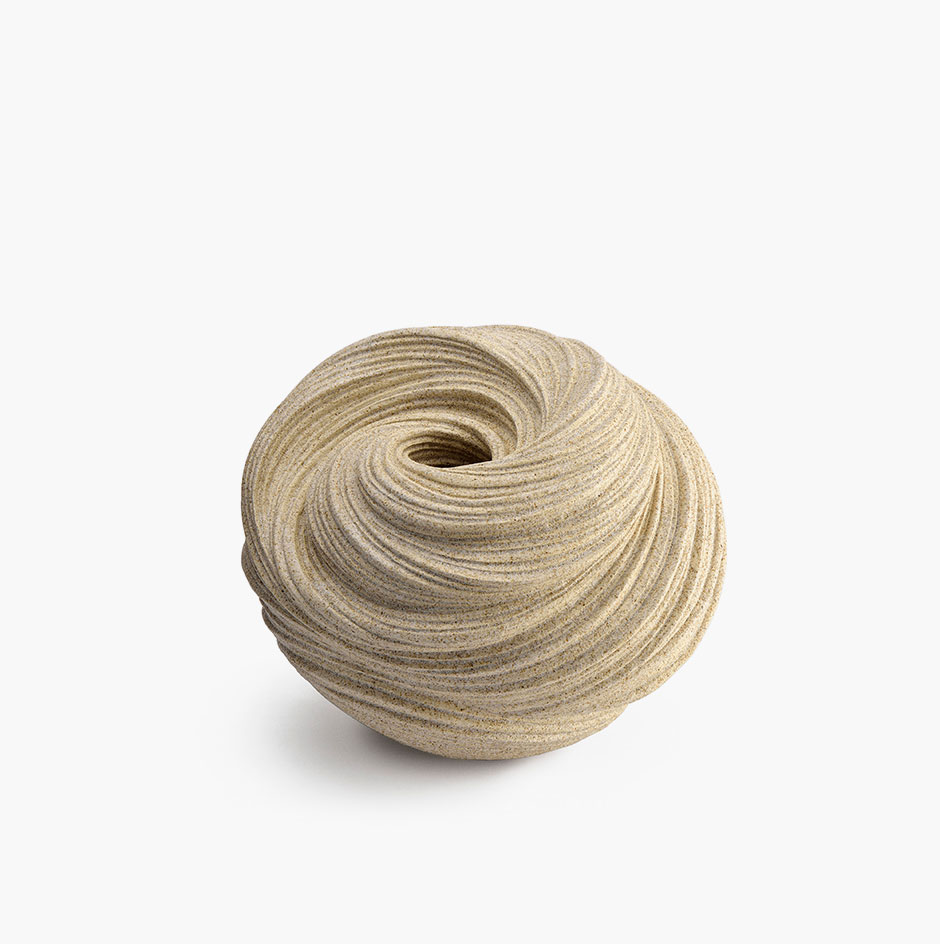
‘Chōtō: Listening to the Waves,’ by Takayuki Sakiyama, Japan

‘Black Twill Collection,’ by Tobias Møhl, Denmark

‘Blackness,’ by Veronika Beckh, Germany
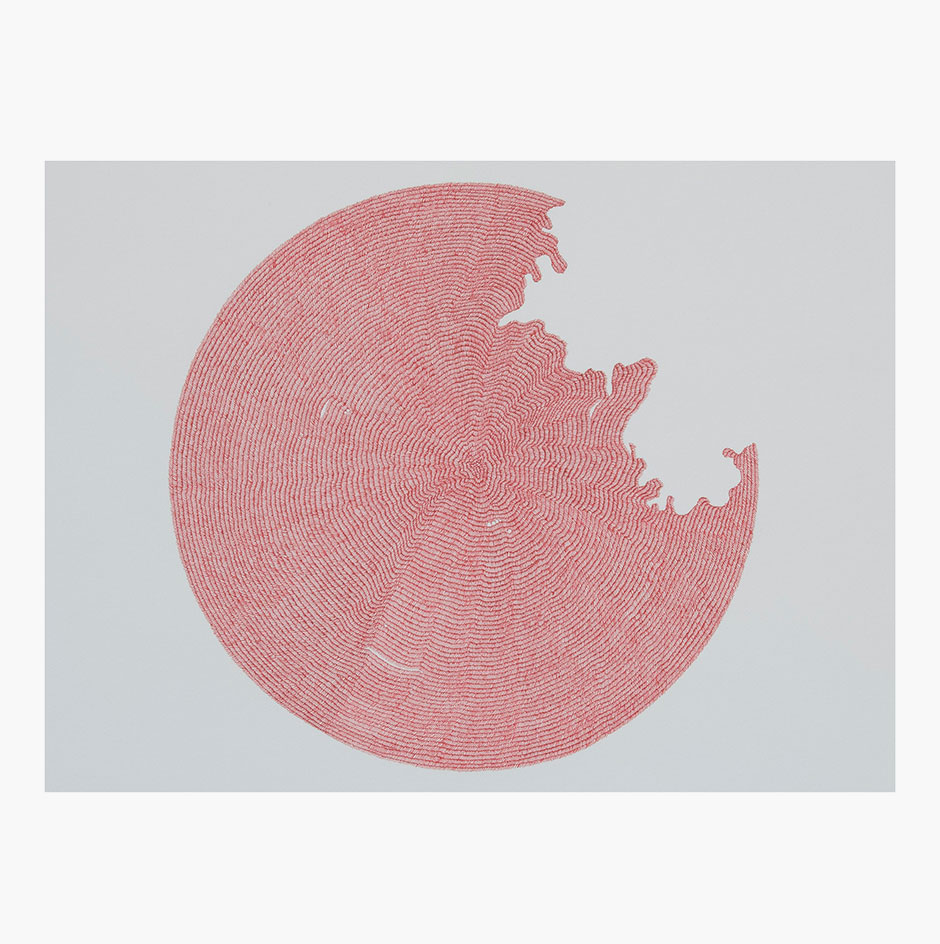
‘The Library Has No Letters II’, by Waqas Khan, Pakistan

‘Dandelion,’ by Yang Gao, China
Receive our daily digest of inspiration, escapism and design stories from around the world direct to your inbox.
Sujata Burman is a writer and editor based in London, specialising in design and culture. She was Digital Design Editor at Wallpaper* before moving to her current role of Head of Content at London Design Festival and London Design Biennale where she is expanding the content offering of the showcases. Over the past decade, Sujata has written for global design and culture publications, and has been a speaker, moderator and judge for institutions and brands including RIBA, D&AD, Design Museum and Design Miami/. In 2019, she co-authored her first book, An Opinionated Guide to London Architecture, published by Hoxton Mini Press, which was driven by her aim to make the fields of design and architecture accessible to wider audiences.
-
 Aesthetics and acoustics come together in the Braque speakers from Nocs Design
Aesthetics and acoustics come together in the Braque speakers from Nocs DesignThe Braque speakers bring the art of noise, sitting atop a brushed steel cube that wouldn’t look out of place in a contemporary gallery
-
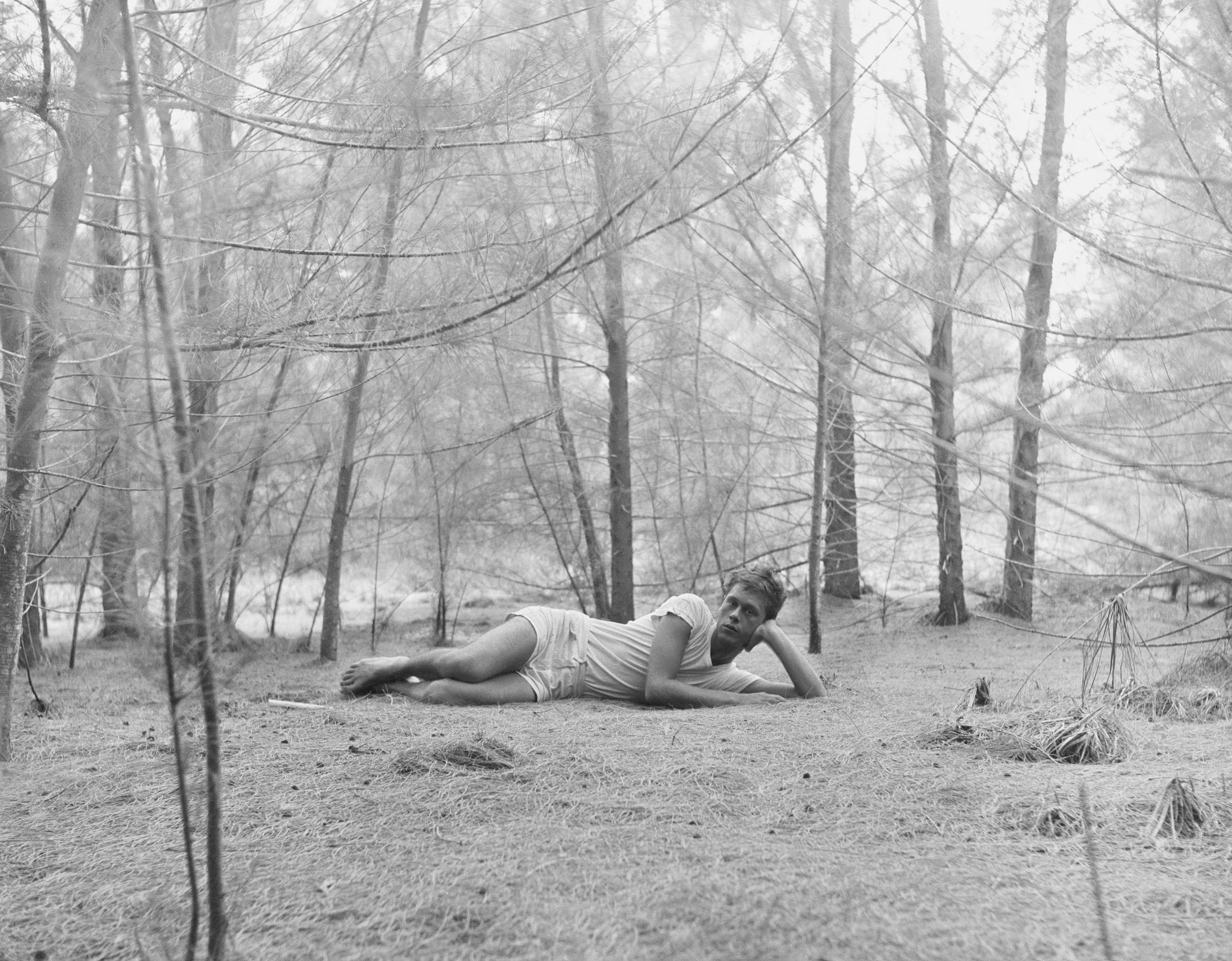 Inside the seductive and mischievous relationship between Paul Thek and Peter Hujar
Inside the seductive and mischievous relationship between Paul Thek and Peter HujarUntil now, little has been known about the deep friendship between artist Thek and photographer Hujar, something set to change with the release of their previously unpublished letters and photographs
-
 In addition to brutalist buildings, Alison Smithson designed some of the most creative Christmas cards we've seen
In addition to brutalist buildings, Alison Smithson designed some of the most creative Christmas cards we've seenThe architect’s collection of season’s greetings is on show at the Roca London Gallery, just in time for the holidays
-
 The animals came in two by two, hurrah!
The animals came in two by two, hurrah!Jonathan Baldock’s ‘WYRD’ menagerie takes up residence at Scotland’s Jupiter Artland for the summer
-
 ‘Romantic brutalism’ rethinks Polish craft
‘Romantic brutalism’ rethinks Polish craftAn exhibition in Warsaw gives local makers their due, looking inside the burgeoning world of Polish design
-
 Paper flower gardens and neon mushrooms, Loewe's 'Crafted World' is rooted in heritage, innovation, and child-like wonder
Paper flower gardens and neon mushrooms, Loewe's 'Crafted World' is rooted in heritage, innovation, and child-like wonder'Crafted World' by Loewe is fashion house's first major brand exhibition, opening in Tokyo’s Harajuku district
-
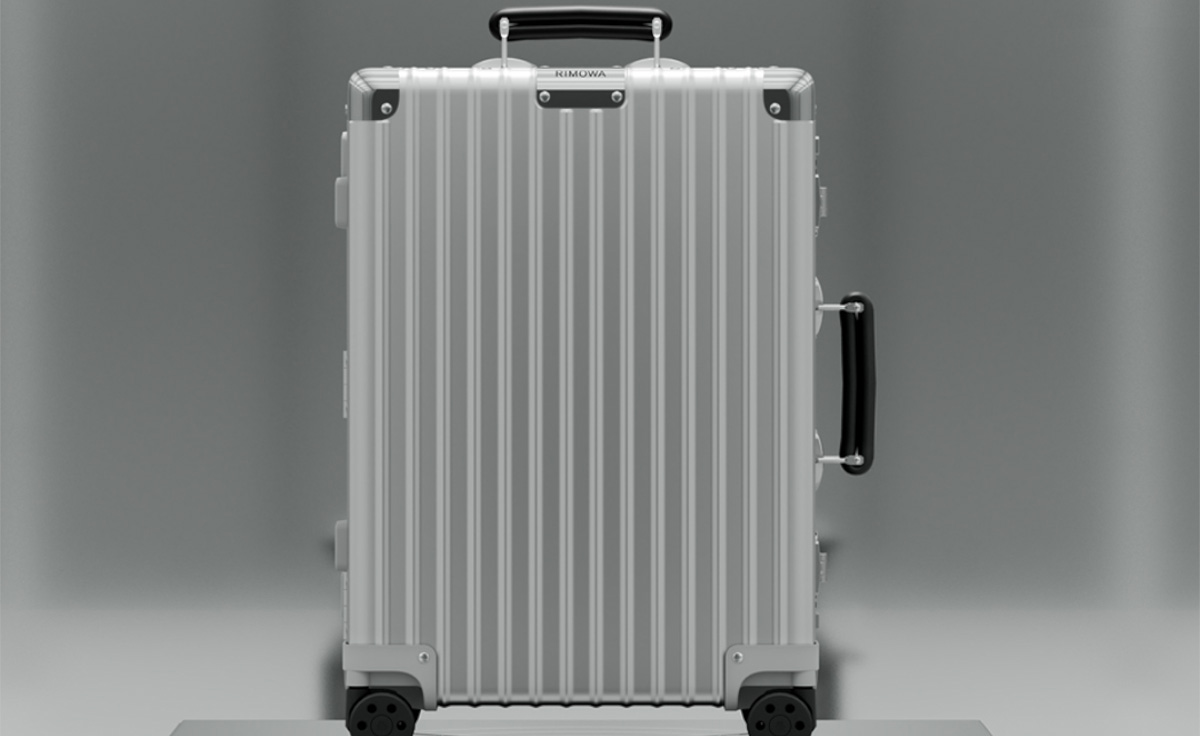 Rimowa Design Prize set to celebrate student innovation
Rimowa Design Prize set to celebrate student innovationThe new Rimowa Design Prize is launching in collaboration with 15 universities, celebrating both student innovation and German design
-
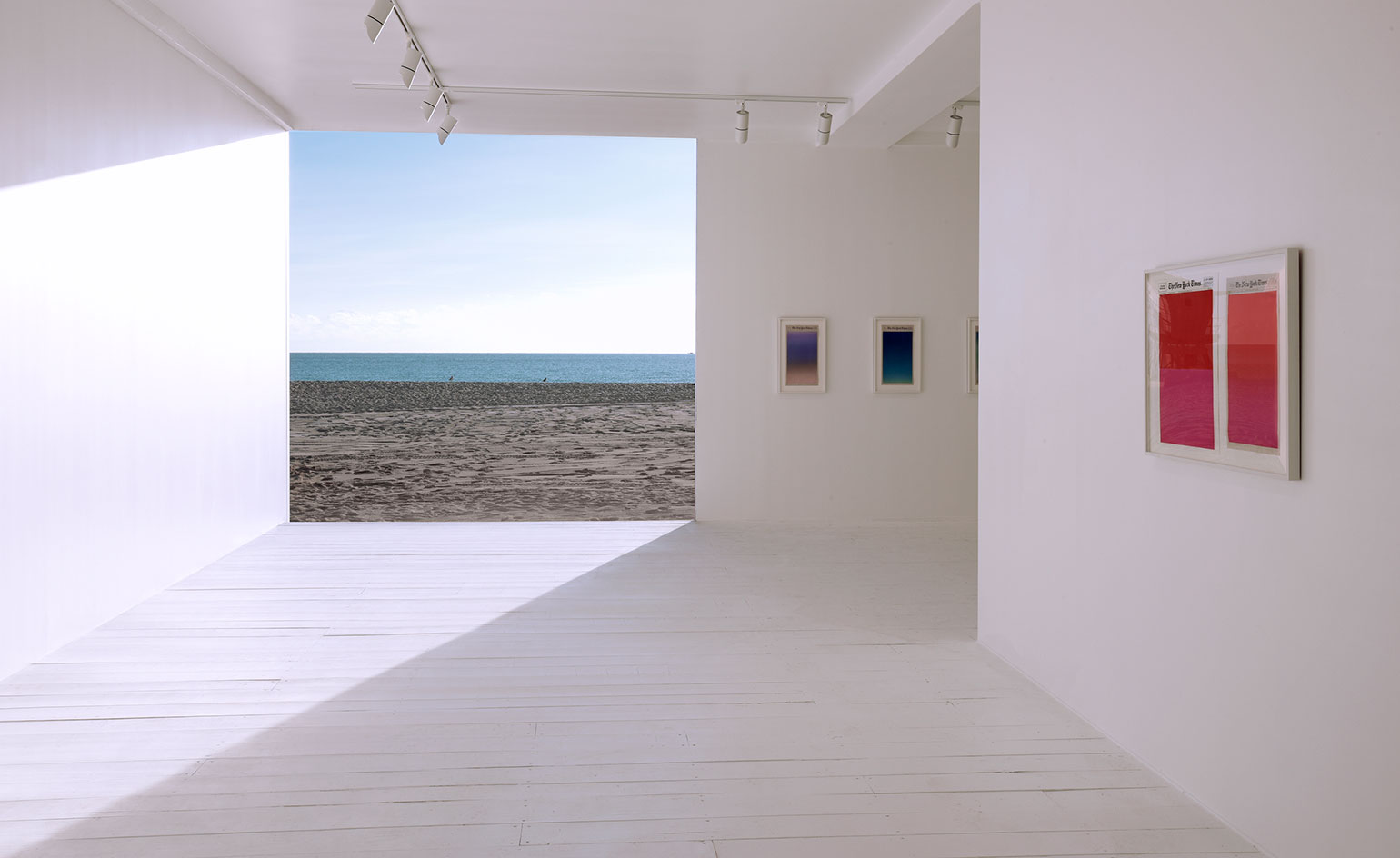 Fashion’s finest findings at Design Miami and Art Basel Miami Beach 2021
Fashion’s finest findings at Design Miami and Art Basel Miami Beach 2021It wasn’t only art and design aficionados that descended on Miami this week; the fashion crowd also flocked to city, including luxury houses such as Loewe, Saint Laurent and Fendi
-
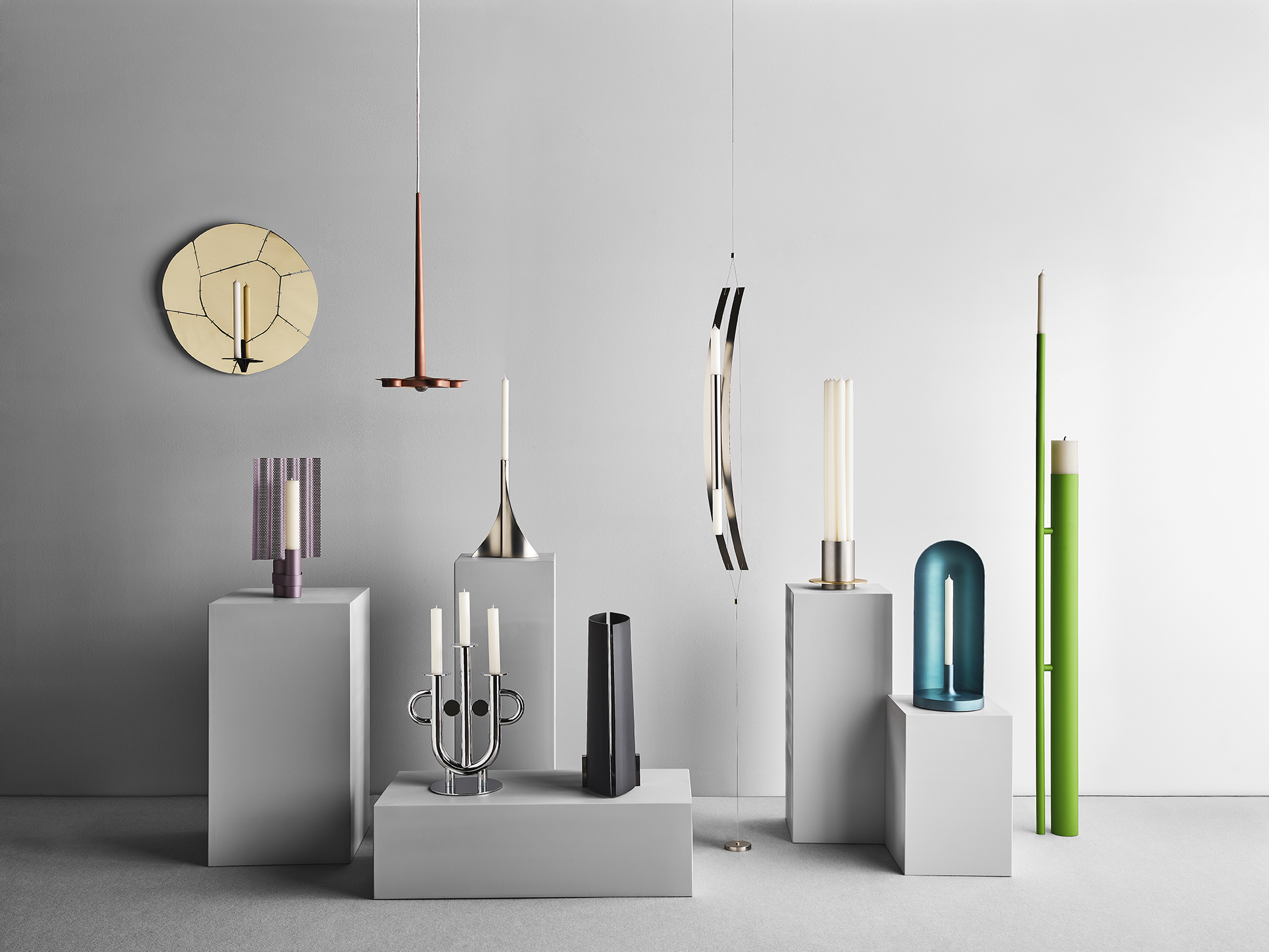 Mingardo crafts candleholders as beacon of hope against cancer
Mingardo crafts candleholders as beacon of hope against cancer‘A Flame for Research’, launching Milan Design Week, sees Italian metal designer Daniele Mingardo invite ten major talents, including Jaime Hayon, Patricia Urquiola, and Philippe Malouin, to create a candleholder in support of cancer research
-
 Loewe Foundation Craft Prize 2021 winner announced
Loewe Foundation Craft Prize 2021 winner announcedTextile designer Fanglu Lin has been awarded the LOEWE Foundation Craft Prize 2021 for her work referencing traditional sewing methods of the women of the Bai minority in Yunnan province, China
-
 London Craft Week supports the maker community for 2020 showcase
London Craft Week supports the maker community for 2020 showcaseFrom a day of global creativity to emerging designs uncovered, London Craft Week hones in on the reassuring nature of craft and the community